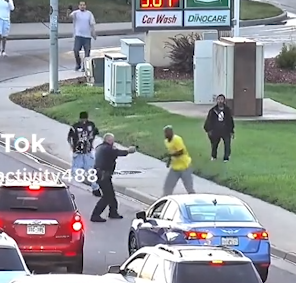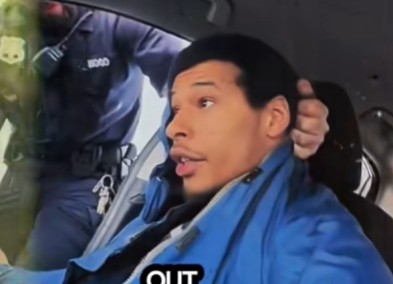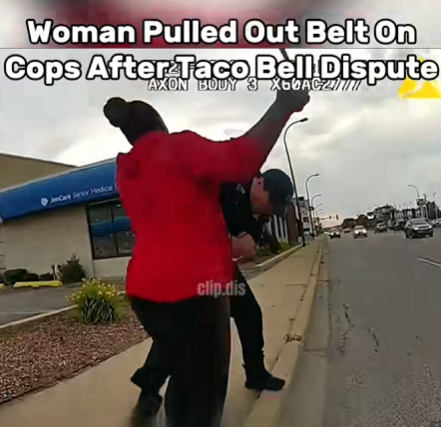
Chaos erupted on a busy stretch of highway after a hail of gunfire left one man mortally wounded and witnesses scrambling for cover, according to a frantic audio recording captured at the scene. The recording — a collage of shouted orders, desperate pleas and urgent radio calls — paints a raw, unfiltered portrait of the moments immediately after the shooting.
“What started as routine traffic suddenly turned to nightmare,” a bystander’s voice can be heard saying as the first shots ring out. “Get on the ground! … Shots fired!” The recording alternates between commands from officers, panicked civilian responses and the stunned silence that follows each volley. At one point an onlooker yells, “They just shot my dad,” while another frantically asks whether anyone found a weapon.
Responders arrive amid confusion: “Give me some cars, cruiser,” one voice demands, while another calls for medical supplies. A man offers a tourniquet, which is declined: “No, it’s not a tourniquet kind of thing,” someone replies — a heartbreaking admission that suggests severe, possibly fatal injuries. In the background, a person pleads, “He have no gun. Please, can I help?” The recording captures the urgency of people trying to help while law enforcement secures the scene.
The transcript also documents the moment a weapon is reportedly located. “There’s a gun over there!” someone shouts, followed by instructions to take cover: “Hide behind the boxes. Shut it all down.” Yet witnesses dispute whether the victim was armed. “He threw the gun,” a voice says, while another insists the victim was unarmed. The conflicting accounts add to the confusion that often follows chaotic, high-stress confrontations.
As the scene unfolds, an officer or civilian directs others to get into cars and head to headquarters: “We’re going to HQ.” A cameraman is asked if his camera is on, underscoring the role that bystanders and recorded evidence increasingly play in documenting police encounters. The recording concludes with an anguished plea and the hurried movement of people trying to get to safety or to offer assistance.
Though the audio provides a harrowing snapshot of the incident, key facts remain unclear: who fired first, the precise sequence of events, and whether all use-of-force protocols were followed. The recording does, however, capture the human cost of the moment — a family’s shock, the rapid transition from normalcy to tragedy, and the frantic work of first responders and witnesses.
Incidents like this typically prompt official investigations, including internal reviews and, in many jurisdictions, independent probes to determine the facts and whether policies were properly applied. For communities left to grapple with the immediate aftermath, recordings such as this are both evidence and testimony — a visceral reminder of how quickly situations can escalate and how vital transparency and thorough review are in understanding what truly happened.


